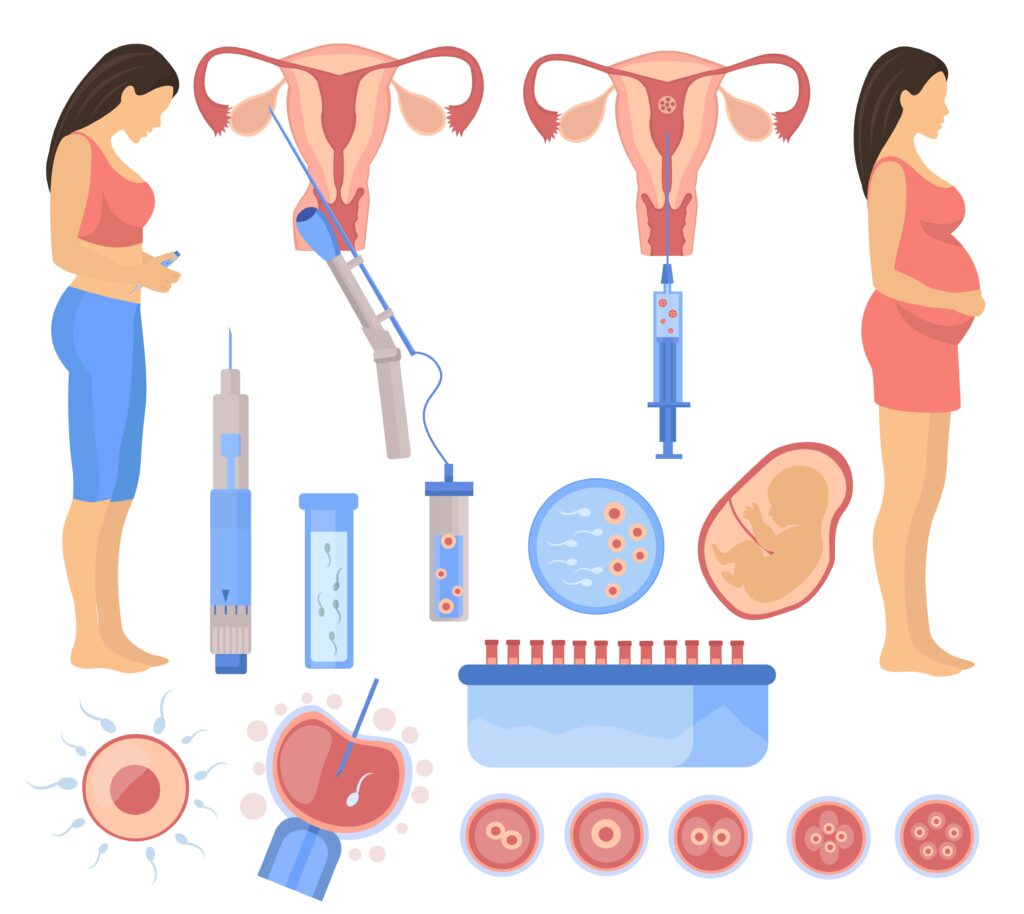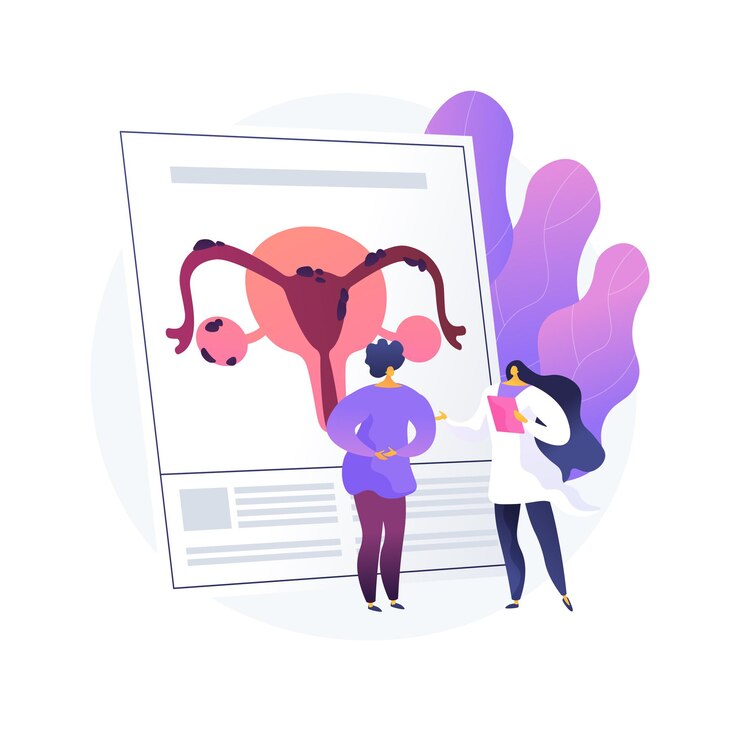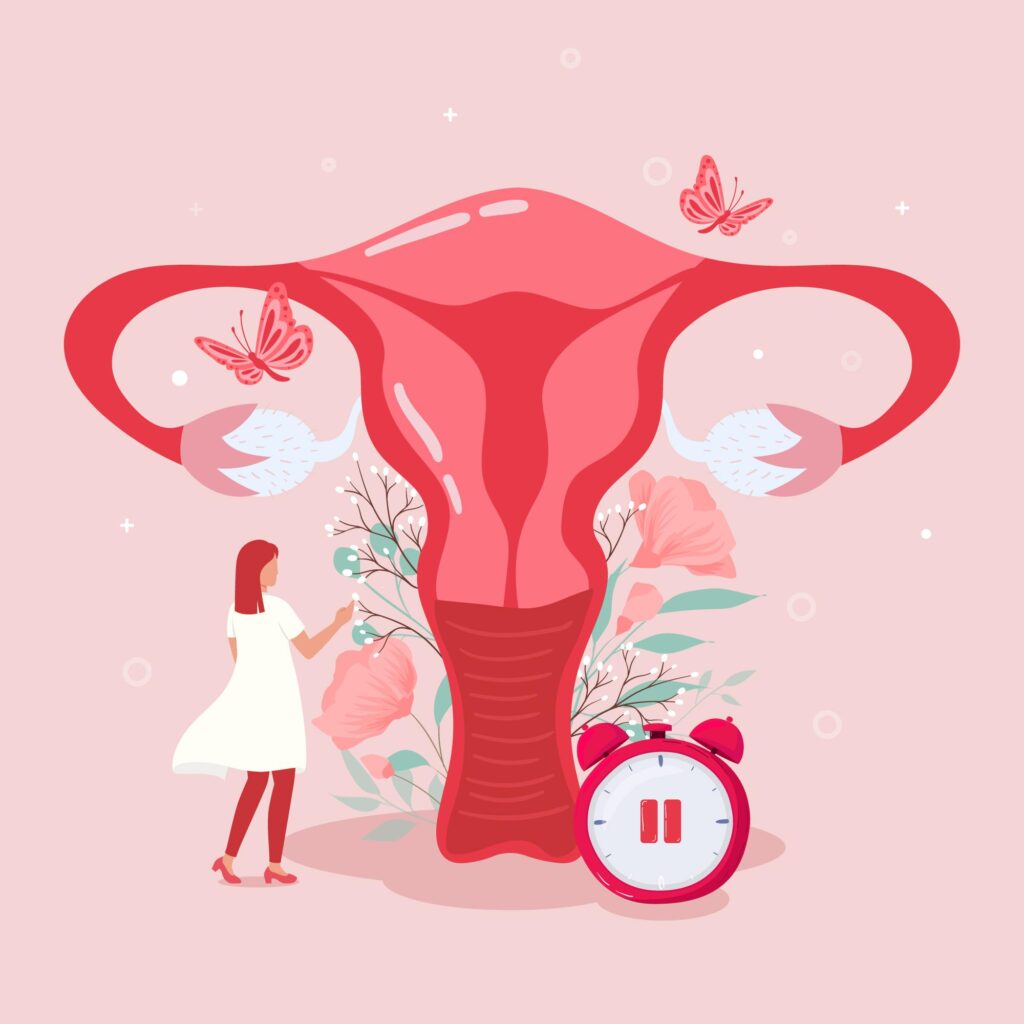IUI Treatment In Visakhapatnam
What is IUI Treatment?
IUI treatment, also known as Intrauterine Insemination, is an assisted reproductive technology (ART) designed to assist couples facing fertility challenges in achieving conception. Specially processed sperm is introduced directly into the woman’s uterus during ovulation, thereby increasing the likelihood of pregnancy. This procedure is typically recommended for unexplained infertility, low sperm counts, and other minor fertility issues.
There are highly skilled fertility specialists providing top-notch IUI treatment In Visakhapatnam. For couples seeking IUI in Visakhapatnam, these facilities offer excellent care and comprehensive support throughout the procedure. Seeking an early consultation with reputable prenatal care professionals in Visakhapatnam is essential for optimal results, especially for those considering IUI treatment in Visakhapatnam. By selecting the best IUI treatment in Visakhapatnam, couples can significantly improve their chances of realizing their dream of parenthood.
If you are considering IUI in Vizag it is advisable to consult with experienced fertility specialists who can guide you through the process and provide the necessary support for a successful pregnancy outcome.

How helpful is IUI treatment in Visakhapatnam?

IUI is a commonly employed treatment for infertility arising from male factors like low sperm motility, low sperm count, or sexual dysfunction. It is also advantageous for women dealing with conditions such as semen allergy, endometriosis, ovarian failure, and fallopian tube defects.
Our excellent IUI specialists in Visakhapatnam can identify the underlying issues and evaluate the IUI success rate for your fertility journey. Krishna IVF is recognized as the best IUI treatment center in Visakhapatnam, committed to assisting couples in conceiving through effective IUI treatments. If you are seeking the best IUI treatment in Visakhapatnam, consider consulting our experienced IUI specialists at Krishna IVF for personalized and top-notch care.
Not able to Conceive? Talk to our Specialist
Process of IUI
The process of IUI, or Intrauterine Insemination, is a straightforward and minimally invasive fertility treatment designed to enhance the chances of pregnancy. Here’s a quick overview of the typical steps involved in IUI treatment in Vizag.
1. Initial Consultation and Testing: The IUI treatment process begins with a detailed medical evaluation of both partners to tailor the approach to their specific needs. This personalized assessment is crucial for couples seeking IUI treatment In Visakhapatnam.
2. Sperm Collection and Preparation: The male partner gives a semen sample, and in the laboratory, it undergoes processing to isolate robust and mobile sperm from the seminal fluid. This procedure concentrates the sperm while eliminating any impurities.
3. Timing of Insemination: IUI is conducted during the woman’s ovulation period, and precise timing is essential to optimize success. Typically, insemination is scheduled a few hours before or after ovulation to enhance the likelihood of success.
4. Insemination Procedure:- In the IUI procedure, a slender, flexible catheter is employed to gently introduce the processed sperm directly into the woman’s uterus. This process is typically painless and swift.
5. Rest and Monitoring: Following the insemination, it is recommended for the woman to take a brief rest. Some clinics may advise lying down for approximately 15-30 minutes, allowing the sperm to move towards the fallopian tubes.
6. Pregnancy Test: Approximately two weeks post the IUI procedure, a pregnancy test is administered to ascertain whether conception has taken place.
When is IUI treatment recommended?
Intrauterine Insemination (IUI) treatment is recommended in several scenarios:
- Unexplained Infertility: When no specific cause of infertility is identified despite regular investigations.
- Mild Male Factor Infertility: Useful when there are minor issues with sperm count or motility, but not for severe cases.
- Cervical Mucus Problems: If the cervical mucus is too thick or hostile to sperm, IUI can help by placing sperm directly into the uterus.
- Ovulation Issues: Women with irregular ovulation or specific ovulatory disorders may benefit from IUI, often combined with fertility medications.
- Donor Sperm Use: For single women, lesbian couples, or heterosexual couples with severe male infertility, IUI is a common method to use donor sperm.
- Sexual Dysfunction: In cases of sexual dysfunction, such as vaginismus or erectile dysfunction, where natural conception is challenging.
- Couples Preferring a Less Invasive Option: Couples who want to try a less invasive and less expensive treatment option before considering IVF.

If you are considering IUI treatment as a potential solution or have experienced unsuccessful natural conception, we encourage you to consult with our qualified fertility specialists. They will assess your individual circumstances and recommend the most suitable fertility treatment plan, ensuring that you receive personalized care and support throughout your fertility journey.
At our IUI center in Visakhapatnam, we’re devoted to realizing your parenthood dreams. Connect with us for compassionate care, advanced tech, and a supportive environment. Let’s embark on your fertility journey together and turn your family dreams into reality.
Why Choose Krishna IVF As The Best IUI Center In Visakhapatnam?
IUI Treatment Cost In Visakhapatnam
- Average IUI Treatment Cost Range: The cost of IUI treatment in India typically ranges from INR 10,000 to INR 20,000 per cycle. This range may vary slightly based on the city or region.
- Influence of Location: Metropolitan cities might have slightly higher costs due to more advanced facilities and higher operational costs.
- Additional Costs: Additional expenses can include the cost of fertility medications, hormone injections, monitoring through ultrasound, and follow-up visits, which can significantly affect the overall cost.
- Cost Variability: Some clinics may offer packages that include a set number of cycles or additional diagnostic tests, which can also influence the total cost.
Success Rate Of IUI Treatment In Visakhapatnam
The success rate of Intrauterine Insemination (IUI) treatment in India, like elsewhere, depends on various factors, including the couple’s age, the underlying cause of infertility, and the woman’s reproductive health. Generally, the success rates can be summarized as follows:
- Age Factor: Younger women typically have higher IUI success rates. Women under 35 years have a better chance compared to older women.
- Underlying Fertility Issues: The nature of the infertility problem significantly impacts the IUI success rate. Conditions like mild male factor infertility or ovulation disorders may have higher success rates with IUI.
- Average Success Rates: On average, the IUI success rate in Visakhapatnam ranges from 10% to 20% per cycle. This rate can be higher in favorable circumstances and with younger women.
- Cumulative Success Rates: Success rates can improve over multiple cycles, with some studies suggesting a cumulative success rate of around 20% to 30% after three to four cycles.
- Other Influencing Factors: Lifestyle factors, overall health, and the use of fertility medications can also influence the outcome of IUI treatments.

